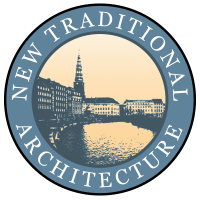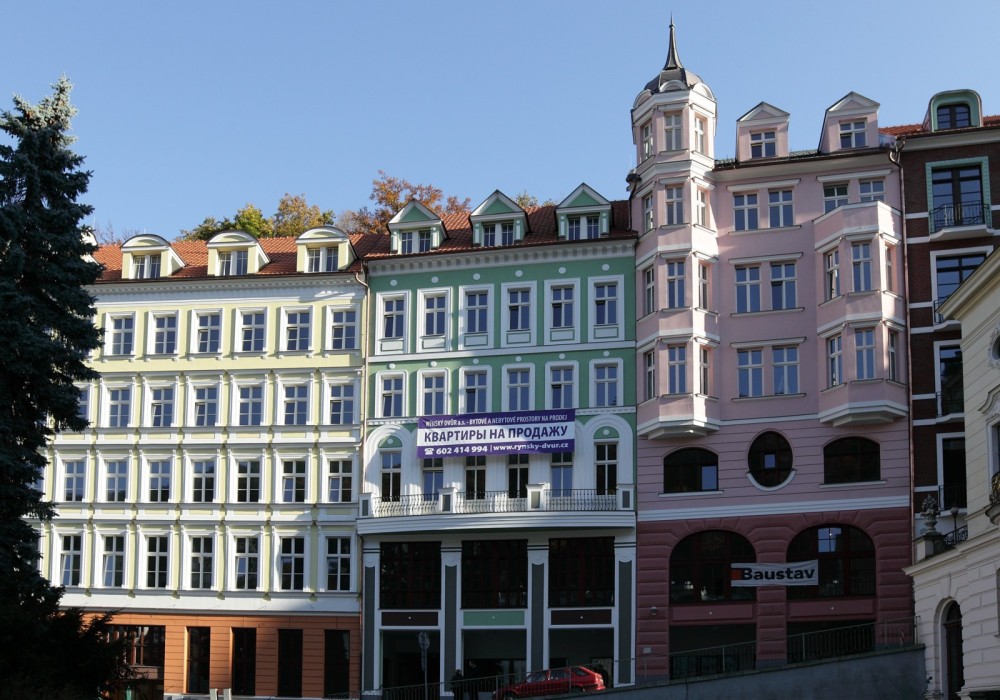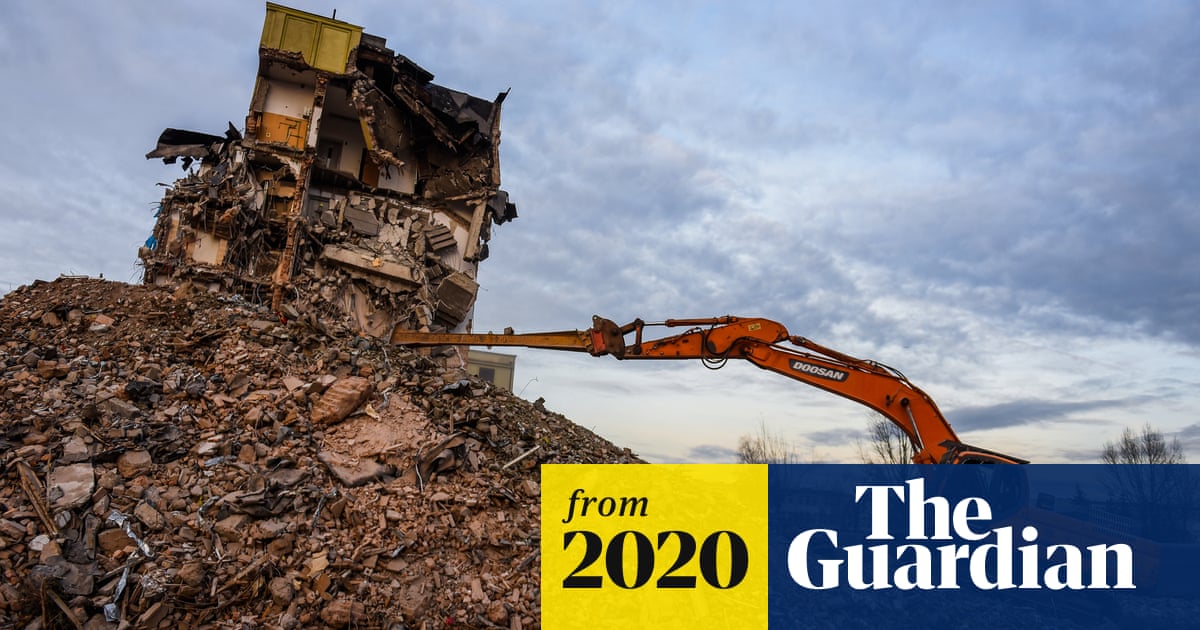Y'know, the way we're talking about architecture here, it'd be as if the primary goal of heritage conservation districts wasn't to save and retain old buildings, but to advance "traditionalist" principles of design. Or like tearing down, say, original 30s dwellings in a Home Smith neighbourhood is perfectly fine as long as the replacement follows the same "Old English" styling--so before long, we might have a whole street of "Old English" dwellings built this century where there were once dwellings of the 20s and 30s, but oh!, it's a whole lot better than if it were those boxy "Modern" houses. And it's a sign that the neighbourhood is *alive* rather than a dead artifact of the 20s and 30s; a demonstration of the "timeless appeal" of Old English
Which is a, er...*inane*, getting-it-all-backwards way of going about it.
And speaking of boxy "Modern" houses, maybe the ultimate demonstration of that kind of ahistorical stupidity was this BlogTO piece which referred to this as a "mid-century masterpiece"
While not authentically mid-century, 15 Evergreen Gardens is an architectural masterpiece that does the style justice. The home has a stunning abun...

www.blogto.com
Of course, you really have to squint to notice the opening fine print "While not authentically mid-century".
Hey, they could have labelled it “contemporary”—but noooo, “mid-century”. Yeah, I guess on behalf of a dumb Millennial clientele who wants something labelled “mid-century” without the inconveniences of authentic mid-century, and for whom names like Peter Dickinson or Jerome Markson or James Murray might draw blanks relative to, I dunno, Ferris Rafauli or something. (Or like if yesterday’s “enlightened” clientele might have bought Frank Lloyd Wright homes and restored them, today’s high-minded parvenu might be more content w/building “contemporary” FLW homes according to some notion of “original plans” or just plain "in the spirit of".)
And it illuminates the problem w/applying stylistic categories in total disconnection from historical actuality—as if architectural style were less chronological taxonomy than stylistic cosplay. Which goes as much for the modern as for the traditional these days.
And likewise, in the past, BlogTO posted some Forest Hill listing making a big deal out of how it looked like something out of the 18th century or something or another—left unspoken was whether the house was a new build or a presumably interwar Forest Hill original, which’d make a *big* difference re such impressions. (Of course, the fact that the real estate “staging” of these houses almost invariably make them look insufferably yuppie-new doesn’t help.)
The *exterior* is actually the most decent part (though its primary allusions are more interwar than, uh, “mid-century”). But as presented here, it’s almost an afterthought and a token mandated bow to “civic design”. After all, it’s a real estate listing: it’s geared to the buyer, not the beholder. And to a buyer for whom private spheres are more important than public spheres: they have little sense of “the common” except in self-serving terms. And their impression of “masterpiecedom” and domestic architecture is drawn from popular style magazines and TV channels: places that sell celebrity and “aspirationism” that are very interior-focussed or “sanctum-focussed”. The exterior may partake in the diverse richness of the neighbourhood, but the interior is just so much hot air under the delusion that *it’s* what’s important here. It’s just part and parcel of the narcissistic sterilization of our everyday under the delusion that it’s “discernment”—like choosing our own news feeds, choosing our own Spotify playlists, and losing all sense of the open-ended “bearing witness” that once made us party to ever-unfolding diversity. The only “context” that matters is our individual own, and those which directly serve the same. We’ve “selectivized” our way into bland pods and silos. Thus domestic architecture becomes “real estate”: entirely a matter of “would I buy this”, rather than one being able to thoughtfully reflect upon what surrounds us regardless of whether we’d buy it or not.
And *that* is what lies at the core of today's dumbed-down mass taste for traditionalism *and* modernism.

 newtrad.org
newtrad.org


 newtrad.org
newtrad.org







